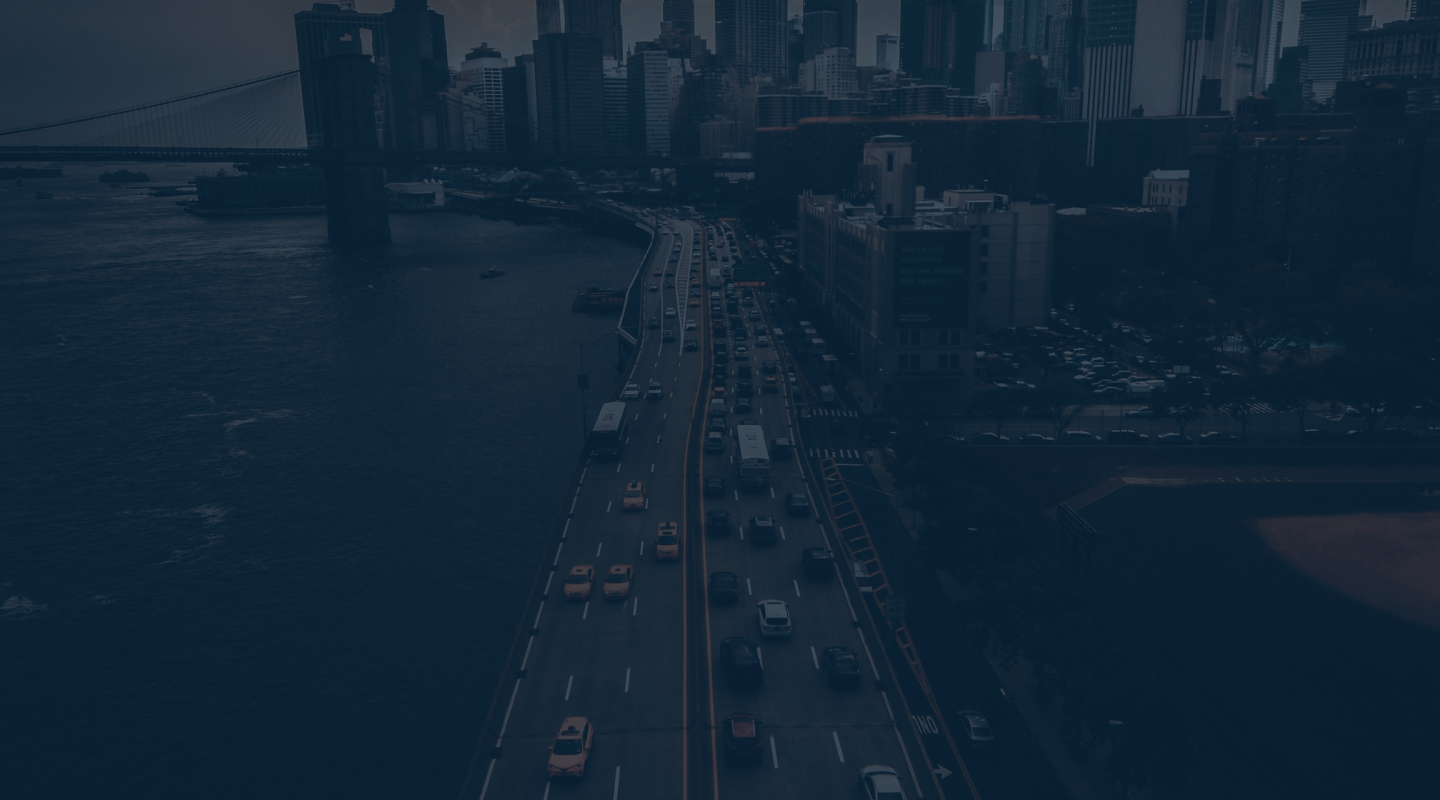By 2050, Two-Thirds of All Humanity Will Be Living In Cities:
And You Can Help To Develop The Foundations of The Sustainable Cities of The Future.

The rapid growth of cities—a result of rising populations and increasing migration—has led to a boom in mega-cities, especially in the developing world, and slums are becoming a more significant feature of urban life.

More than half of us live in cities. By 2050, two-thirds of all humanity—6.5 billion people—will be urban. Sustainable development cannot be achieved without significantly transforming the way we build and manage our urban spaces.

Making smart cities means creating career and business opportunities, safe and affordable housing, and building resilient societies and economies. It involves investment in public transport, creating green public spaces, and improving urban planning and management in participatory and inclusive ways.
Smart Cities are critical to the sustainable development goals of the United Nations.
In 2015, world leaders agreed to 17 goals for a better world by 2030. These goals have the power to end poverty, fight inequality and stop climate change. Guided by the goals, it is now up to all of us, governments, businesses, civil society, and the general public to work together to build a better future for everyone.


What Are The 17 Sustainable Development Goals Set By The United Nations?



















Get Involved In Building A Sustainable Future...
Start changing the future of your city today by getting connected to a community of like-minded people.

Become A City Developer
Change The World By Helping Build Self-Sustainable Cities
At PrimeOne Chat,
we're not just a platform,
we're a conversation.
Are you in?
Learn more about an opportunity to earn revenue and build engagement teams as PrimeOne City Developer.
Get Access to the PrimeOne Community
Making a positive impact has never been so easy.

PrimeOne Chat
Discover how to get paid by simply using our FREE app to chat and make video and voice calls.

PrimeOne IoT Devices
Solve all your problems with the world’s largest inventory of IoT sensors. Just scan the QR-code, install the device and monitor data from any platform.

PrimeOne TV
Get access to 100+ premium channels on the world’s first FREE TV app — and get paid while you do it!

PrimeOne Life
Find out your next go-to restaurant, business or local attraction in your city. See what’s going on in your area in our blogs and crowd-sourced directories and reviews.

PrimeOne Node
Empower your social networks and PayPal account. Easily exchange money with friends, family and other members whether it be to pay, donate or fundraise.

PrimeOne City
Step up your community engagement by joining the PrimeOne City Development Team today. Get benefits while you offer others the PrimeOne City services.


